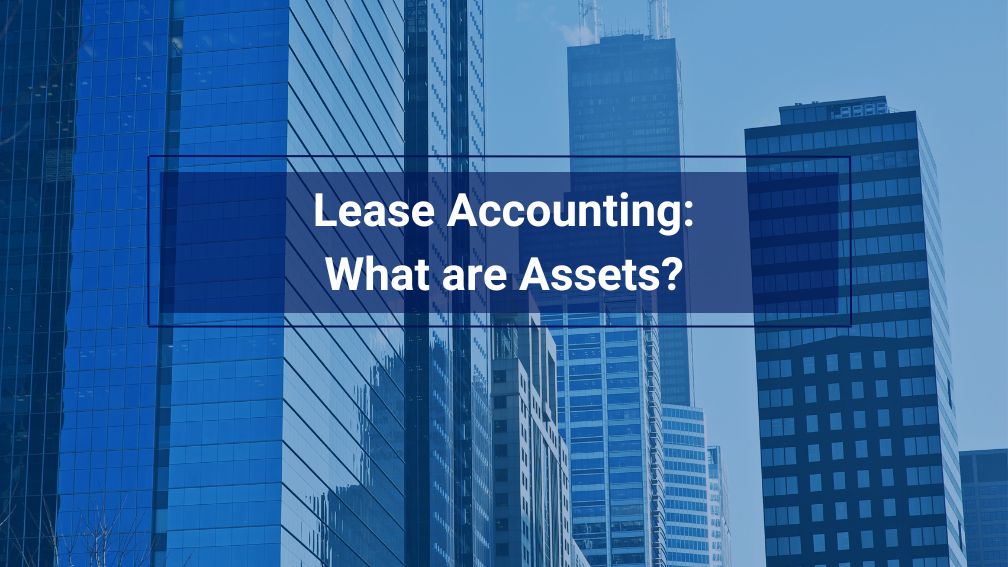Lease Accounting: What are assets?
Last Updated on January 25, 2024 by Morgan Beard
Lease accounting is a crucial aspect of financial management and compliance for commercial tenants. Understanding the concept of leased assets is fundamental to lease accounting professionals like CPAs, Controllers, and Accountants. In this article, we will delve into the topic of what are assets through the lens of lease management and accounting processes.
Introduction to Lease Accounting
Lease accounting refers to the process of recording and reporting lease agreements in financial statements. It involves the classification and measurement of leased assets, as well as recognizing lease-related expenses and liabilities. Proper lease accounting enables businesses to accurately represent their lease obligations and financial performance to stakeholders.
What are Assets?
Assets, in the context of lease accounting, refer to the resources controlled by an entity as a result of a lease agreement. These resources can provide future economic benefits to the lessee. The asset take various forms — tangible, such as equipment or vehicles, or intangible, such as intellectual property or software.
Tangible Assets
Tangible assets are physical assets that have a physical presence and can be seen or touched. In lease accounting, tangible assets commonly include:
- Real Estate: Commercial buildings, office spaces, warehouses, retail stores, etc.
- Equipment: Machinery, vehicles, furniture, computer hardware, etc.
- Infrastructure: Telecommunication networks, pipelines, power grids, etc.
When a business leases such tangible assets, they gain control and exclusive use of the asset for a specific period in exchange for lease payments. The lessee (the entity leasing the asset) records the leased asset in their financial statements.
Intangible Assets
Unlike tangible assets, intangible assets do not have a physical form but possess value to the lessee. In the realm of lease accounting, intangible assets can include:
- Intellectual Property: Trademarks, patents, copyrights, software licenses, etc.
- Brand Names: Lease agreements involving brand licensing.
- Customer Lists: Leases that grant access to customer databases or mailing lists.
Similar to tangible assets, the lessee recognizes intangible assets in their financial statements. These assets are essential for business operations and can have a significant impact on financial performance.
Importance of Accurate Asset Recognition
Proper recognition of leased assets is crucial in lease accounting. It ensures transparency and provides a true and fair view of a company’s financial standing. Accurate asset recognition helps in:
Financial Reporting
By appropriately identifying and recording leased assets, businesses can present reliable financial statements. These statements are vital for investors, lenders, and other stakeholders to make informed decisions.
Compliance with Accounting Standards
Lease accounting is subject to various accounting standards, such as the International Financial Reporting Standards (IFRS) and the Generally Accepted Accounting Principles (GAAP). Appropriate asset recognition ensures compliance with these standards, reducing the risk of penalties and legal issues.
Effective Lease Management
Recognizing leased assets facilitates effective lease management. Businesses can track the utilization, maintenance, and expiration dates of their leased assets, enabling proactive decision-making regarding lease renewals, terminations, or asset upgrades.
Challenges in Determining Lease Assets
Determining lease assets accurately can pose challenges for businesses. Some common challenges include:
Dual Classification
Certain lease agreements involve both a lease of an asset and a service component. Distinguishing between the two and determining the appropriate classification can be complex.
Lease Term Assessment
The determination of the lease term is crucial for asset recognition. Assessing lease terms accurately requires considering renewal options, termination clauses, and other relevant factors.
Valuation of Intangible Assets
Assigning a fair value to intangible assets can be subjective. It requires careful evaluation of market conditions, useful life, and potential future benefits.
What about lease liabilties?
Liabilities play a crucial role in lease accounting, especially under the new lease accounting standards introduced by the International Financial Reporting Standards (IFRS 16) and the Financial Accounting Standards Board (FASB) in the United States.
Here is a quick outline of how liabilities are involved in lease assets and lease accounting:
- Recognition of Lease Liabilities: Lessees are required to recognize lease liabilities on their balance sheets for most leases.
- Measurement of Lease Liabilities: The recognition of lease liabilities is accompanied by the recognition of a corresponding right-of-use (ROU) asset.
- Impact on Financial Ratios and Metrics: Recognizing lease liabilities on the balance sheet can affect financial ratios and metrics.
- Lease Expense Recognition: The recognition of lease liabilities is accompanied by the recognition of a corresponding right-of-use (ROU) asset.
- Disclosures: Companies are required to provide extensive disclosures related to their leases in the financial statements.
If you are interested in learning more about lease liabilities, check out our blog post titled, Lease Accounting: What are Assets and Liabilities?
Lease Assets Summarized
Asset recognition is a fundamental aspect of lease accounting. Understanding what assets are in the context of lease management and accounting processes is crucial for commercial tenants, CPAs, and real estate teams. Tangible and intangible assets play key roles in lease agreements, and proper recognition ensures accurate financial reporting, compliance with accounting standards, and effective lease management.
In the fast-paced world of lease accounting, it is important for professionals to stay updated with the latest developments, accounting standards, and technological advancements. By gaining a thorough understanding of assets in lease accounting, businesses can streamline their lease management processes, make informed decisions, and drive financial success. So, embrace the knowledge of assets and elevate your lease accounting practices to new heights.
Lease Accounting Resources
Check out our resource hub. We have the templates, spreadsheets, and calculators to help you manage entire lease lifecycle.
